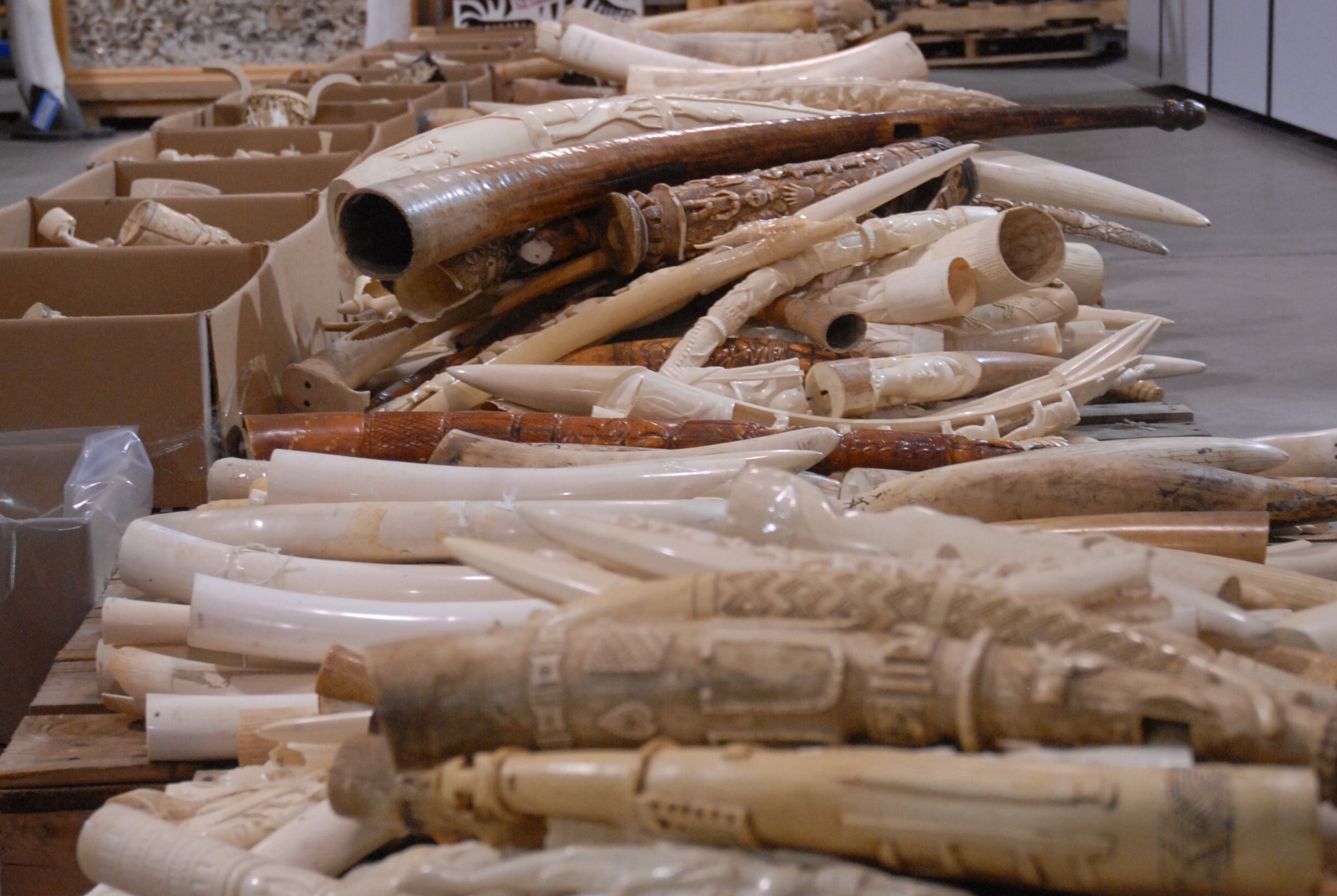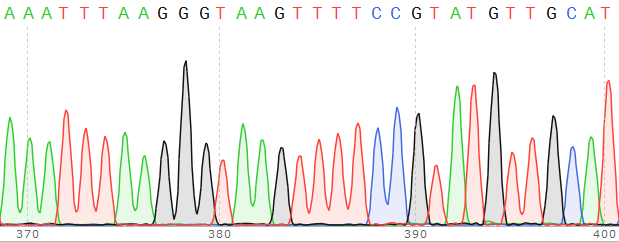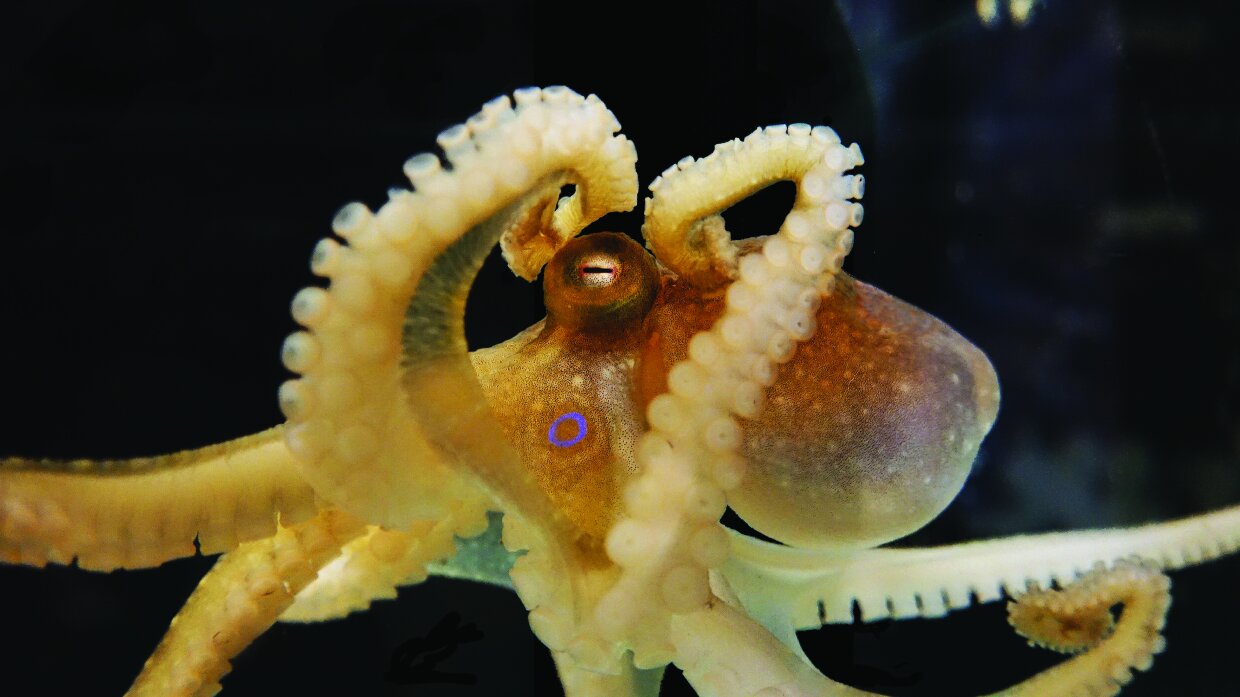Newest Posts

FROM PIPETTE TO GAVEL: USING DNA SEQUENCING TO COMBAT IVORY CARTELS
Using DNA analysis of ivory and dung samples from Elephants across Africa, a team at the University of Washington demonstrates how tusks shipped across the world can be linked to incriminate traffickers. This new strategy may help save African Elephants from devastating population loss due to poaching.

OCEAN CSI
University of Southhampton scientist John Shepherd once said that counting fish is like counting trees, except that they keep moving around and you can’t see them because they’re underwater. And marine biologists spend a whole lot of time, effort, and money counting fish. They put on SCUBA tanks, jump into the cold ocean, and try to count and identify as many fish as possible before they run out of air. They drag big nets through the water to collect open-ocean fish. And they puzzle through jumbles of information from fisheries, historical records, and even people’s vacation photographs to try and reconstruct fish population numbers. There is little doubt that these data are vital to understanding and protecting, and managing fish populations and the ecosystems they inhabit. But most of these methods are not very efficient: They require a lot of manpower and resources to get small amounts of valuable data. Could there be a better way?

GENOME SEQUENCING: PAST, PRESENT, AND FUTURE
Commercialized genome sequencing is on the rise. Ancestral knowledge and disease risk information are at our fingertips. What does this mean for medicine and our future?

ARE OCTOPUSES MORE HUMAN THAN WE ARE?
We’ve all heard stories of scientists turning up amazing discoveries in the most unexpected places. In fact, sometimes it seems like most of the greatest scientific discoveries happened completely by accident. This is largely because not knowing the answer makes it hard for scientists to ask the right questions. This story is no exception, because when a group of scientists (including former Stanford Ph.D. student Judit Pungor) decided to take on the mighty task of sequencing the entire genome of the California two-spot octopus, they did it hoping to learn more about these strange animals and maybe figure out which genes make them so different from other mollusks. They certainly didn’t expect to learn that octopus and humans have something very important in common.
